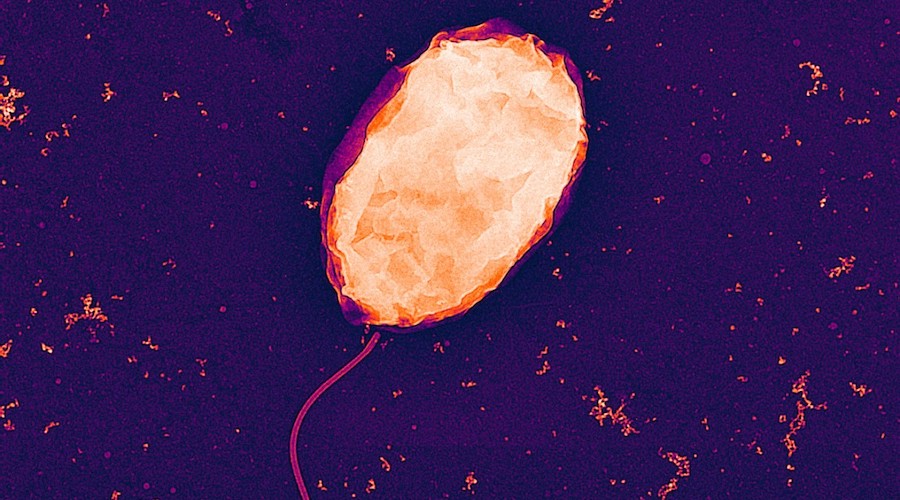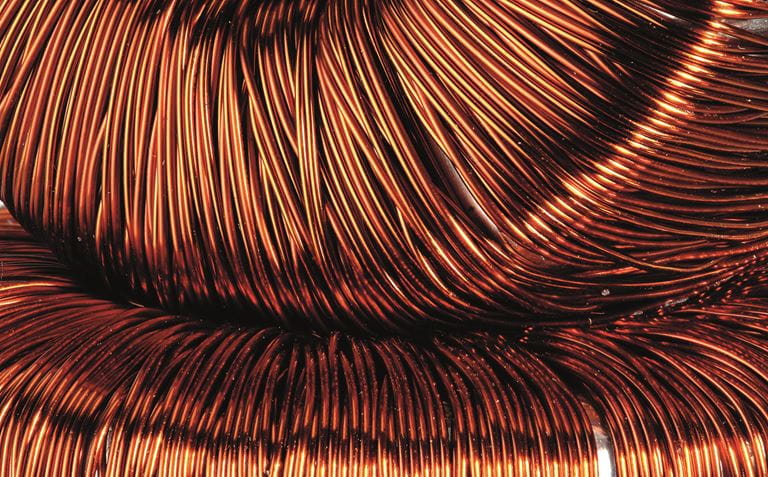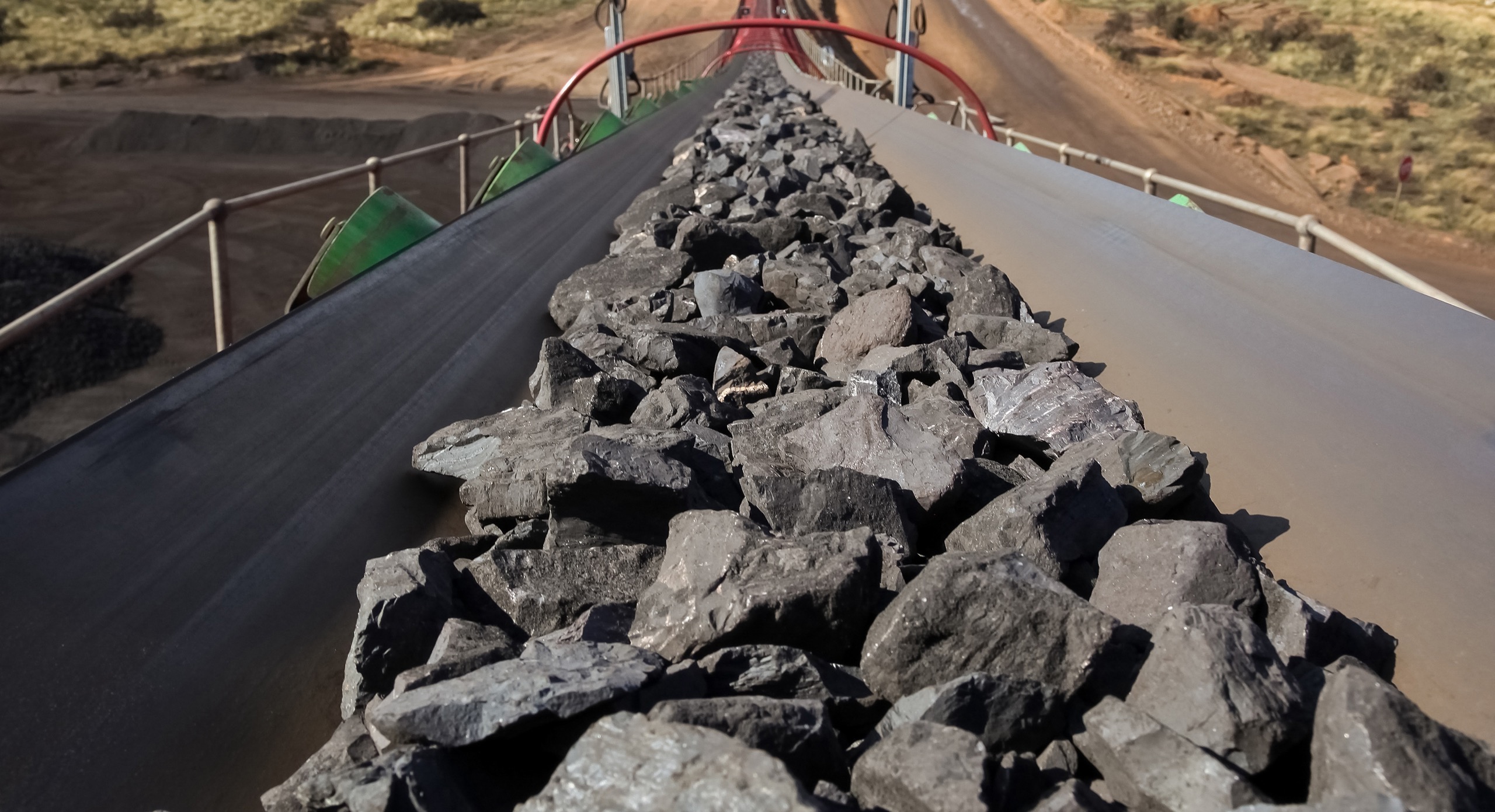Genetically modified bugs may help the US recover REEs from e-waste

Researchers at Cornell University discovered that by genetically engineering the bacterium Vibrio natriegens it would be possible to optimize the efficiency of the purification of rare earth elements found in smartphones, computers, electric cars, and wind turbines.
“Traditional thermochemical methods for separating lanthanides are environmentally horrible,” said Buz Barstow, corresponding author of the paper that presented the new findings. “It’s difficult to refine these elements. That’s why we send rare earth elements offshore—generally to China—to process them.”
Together with students Sean Medin and Anastacia Dressel, Barstow changed the genome of Vibrio natriegens with a plasmid called MP6, which introduces errors into the genome. Then, they screened the mutants for increased biosorption of rare earth elements.
“Given the ease of finding significant biosorption mutants, these results highlight just how many genes likely contribute to biosorption, as well as the power of random mutagenesis in identifying genes of interest and optimizing a biological system for a task,” Medin said.
The researchers noted that Vibrio natriegens—and a growing array of bacterial tools—offer a way to safely bring rare earth elements and minerals processing back to the US. For example, at the Mountain Pass rare earth element mine in California, near the tip of the Nevada border, biological processing could bring this mine back to robust domestic productivity.
“This new work gives us a shot to leapfrog thermochemical methods,” Barstow said. “We can engineer this and other bacterium and because we don’t need to purify proteins, we can operate this kind of system much more cheaply than competing biological processes.”
The scientist pointed out that the US no longer has expertise in thermochemical processing methods.
“For purifying rare earth elements, we’re now left with competing green methods,” he said. “So even if we wanted to hold thermochemical methods, we probably couldn’t. We no longer know how to do it. We are being forced to innovate our way out of this problem.”
More News
{{ commodity.name }}
{{ post.title }}
{{ post.date }}



Comments